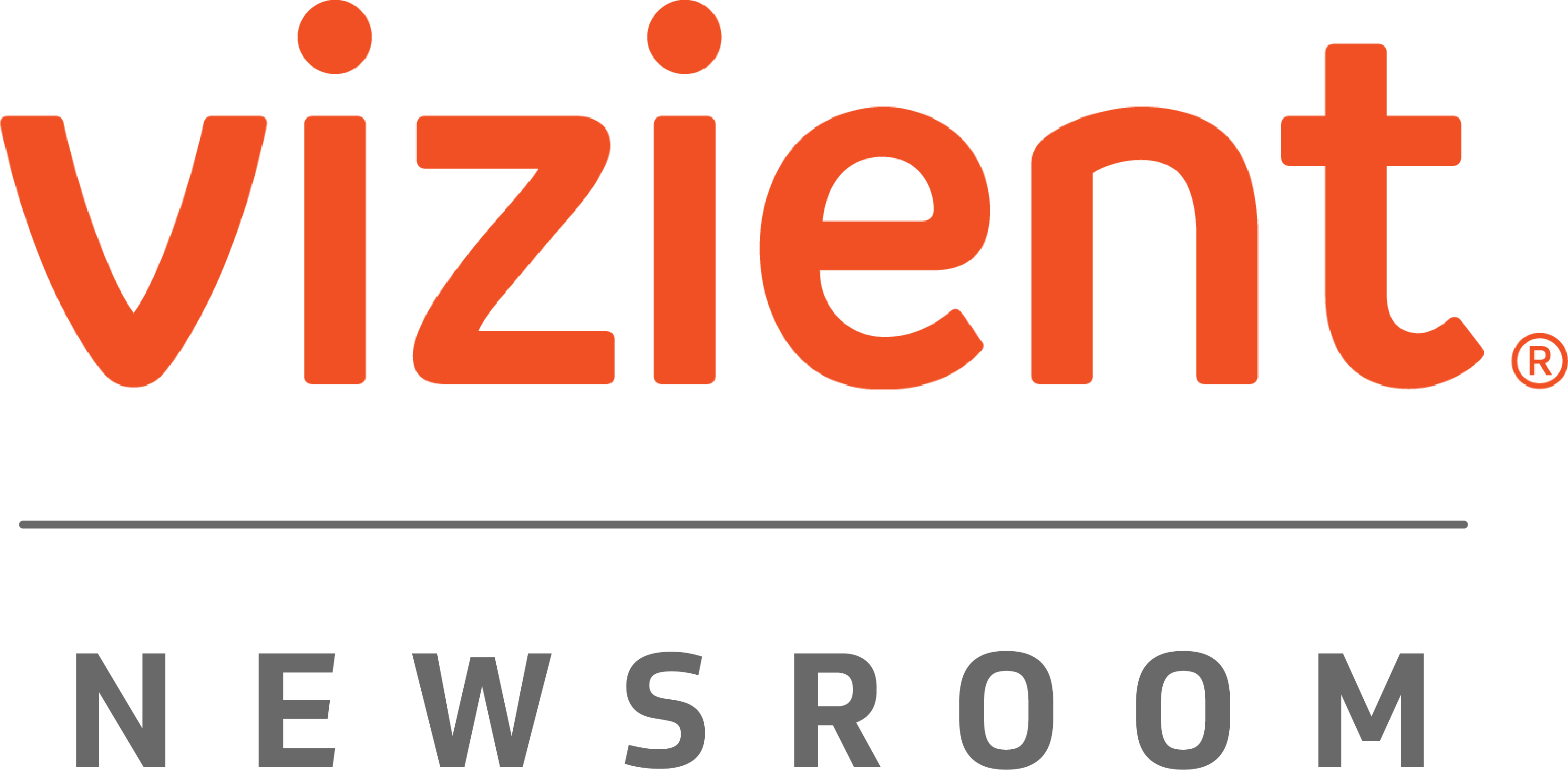When an academic medical center uncovered the extent of homelessness among its patients, it invested in affordable housing to help address the issue. Another health system is tackling disparities in cancer screening, diagnosis, treatment and follow-up care among patients who have experienced homelessness. Both initiatives began with research to better understand the problems and researchers turned to the Vizient® Clinical Data Base (CDB) for insights.
For more than 35 years, Vizient’s Clinical Data Base has been the foundation for research studies appearing in nearly 850 publications, including JAMA Oncology, American Journal of Health-System Pharmacy, Annals of Surgery and NEJM Catalyst. Members seeking to advance scientific knowledge and improve care use CDB data to look at outcomes, quality, safety, resource use and other topics across medical specialties.
The timeliness of the data is a unique aspect of the CDB, which pulls in new discharge data within 30–60 days. “Researchers who are interested in the uptake of a new technology or recent trends can explore these topics very quickly with the CDB,” adds Sam Hohmann, Vizient senior analytics director. Many public and private databases require anywhere from six months to three years before a de-identified product is ready for use.

Efforts to better collect information about social determinants of health, such as expanded ICD-10 coding, means more data on the socioeconomic factors that impact health are available. That has contributed to an increase in research studies looking at social determinants of health, such as homelessness, food insecurity and unemployment, in recent years. “We now have multiple years of data in the CDB on social determinants of health. Research insights allow clinicians and administrators to understand their populations better and increase the health of the community,” says Hohmann.
Vizient’s Associate Vice President of Analytics Gladys Epting and her team receive between 75 to 125 requests for data annually. Besides social determinants of health, members use the CDB for a host of research topics. Recent publications derived from CDB data have covered the impact of COVID-19 on surgical volumes, patterns of medication use at the end of life by pediatric cancer patients, and an outcomes analysis comparing minimally invasive hiatal hernia repair to open surgery.
Timely data was instrumental when the pandemic took hold in the spring of 2020. Hohmann and his team have fielded dozens of data requests related to COVID-19 over the past year. These studies have covered a wide range of topics, including the impact of COVID-19 on bariatric surgery volumes, utilization and safety of drug therapies for COVID-19 at the onset of the pandemic, and the impact of COVID-19 on individuals with intellectual disabilities. “We didn’t have to do any special data collection to get current COVID-19 data,” says Hohmann. “It was flowing into the CDB throughout the pandemic.”
The growth of the CDB from 200 academic medical centers a decade ago to more than 700 small, medium and large hospitals today provides a larger body of data from which to extrapolate information. The size and breadth of the CDB expand the possibilities for research, such as the ability to cohort hospitals by size or study a very rare disease.
The diversity in size and geographic location of hospitals in the CDB also offers opportunities to evaluate health care policy. For instance, several papers have emerged from CDB data on the impacts of Medicaid expansion on the health, length of stay and cost of care for newly insured patients. “That kind of information is useful as feedback to policymakers in terms of success or failure of programs that they develop,” notes Epting.
“Once you have the data, you can look at what’s working and not working to advance scientific knowledge. Our research enterprise very much parallels Vizient’s work around performance improvement,” says Hohmann. In addition to the CDB, researchers also turn to Vizient’s Clinical Practice Solutions Center and Operational Database for data.
How to use the CDB for research
All Vizient members who contribute data to the CDB are eligible to access data for research. Begin by sending an email to cdpinfo@vizientinc.com providing an overview of data needs and the research project. The research team will then schedule a phone call to discuss the project data needs and feasibility in more detail. From there, researchers complete a data request application and Vizient pulls and de-identifies the requested data, complying with restrictions of the Health Insurance Portability and Accountability Act. After the research is complete, all manuscripts must be reviewed by Vizient before submission for consideration for presentation or publication.
